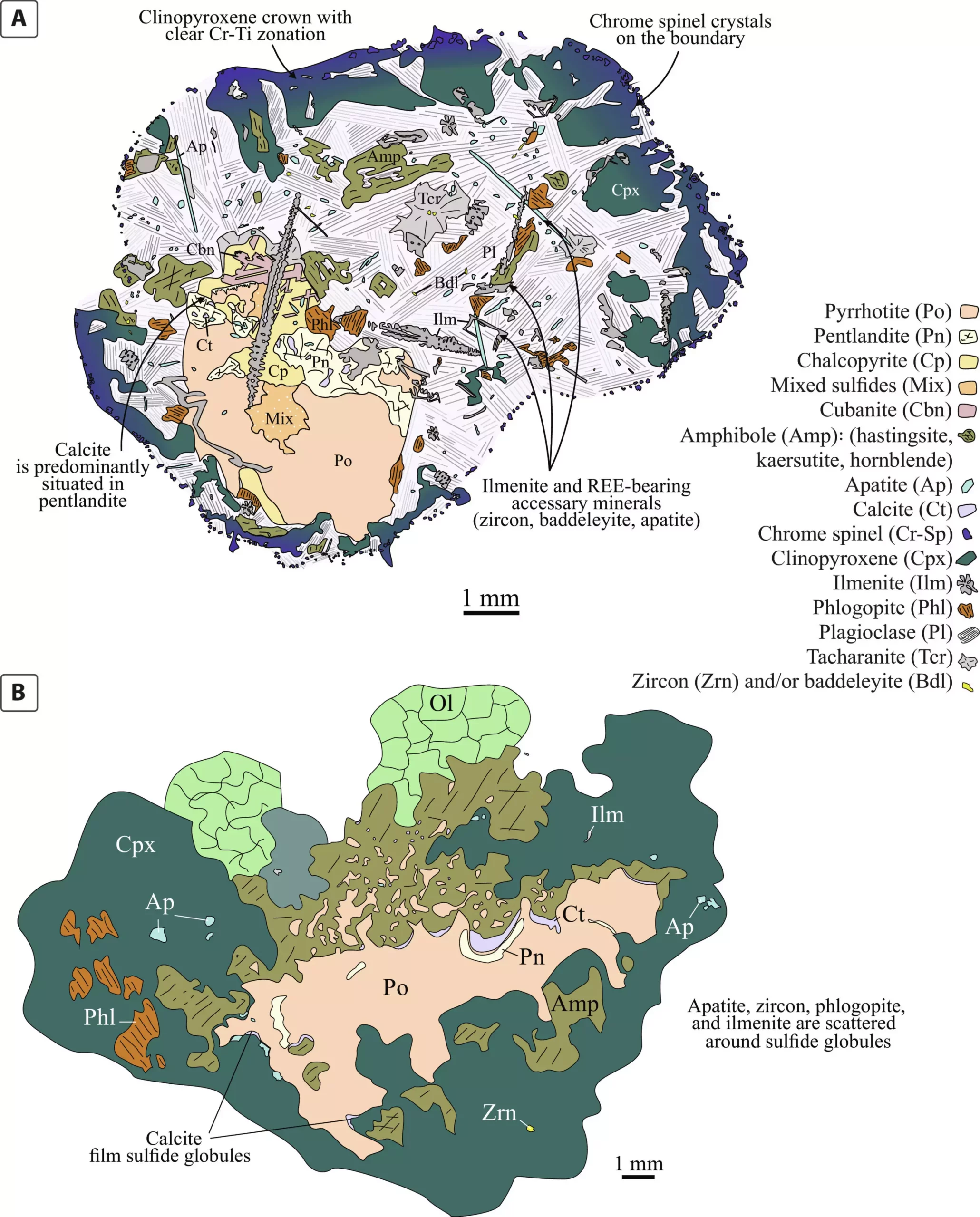Deep within the Earth, an extraordinary process unfolds—a silent, powerful conveyance of valuable green metals such as nickel, copper, and platinum from the planet’s depths to its surface. Recent groundbreaking research from The University of Western Australia sheds new light on this complex journey, revealing a subtle yet crucial mechanism that enables these metals to escape their subterranean prison. Far from being mere geological happenstance, this process involves an elegant interaction between magmatic liquids and a mysterious ingredient—carbonatite—that acts as a transport facilitator. The understanding of this phenomenon not only deepens our appreciation of Earth’s inner workings but also potentially revolutionizes how we explore for green metals consequential to sustainable technologies.
Rethinking Conventional Wisdom in Mineral Transport
Historically, the question of how dense and heavy metals ascend through viscous magmas has been a persistent challenge for geologists. Metals like nickel and platinum are notoriously difficult to move upwards, often trapped deep beneath the surface. The natural processes governing their ascent remained largely speculative until now. The recent experiments led by Dr. Maria Cherdantseva and Professor Marco Fiorentini have turned this understanding on its head. They recreated the extreme conditions within large volcanoes, discovering that a key “secret ingredient”—carbonatite—must be present to facilitate the upward journey of green metals.
This discovery is fascinating because it draws a vivid analogy: adding olive oil to water creates a separate, easily distinguishable layer, rather than a homogeneous mixture. Similarly, in volcanic processes, the carbonatite separates from the magma, creating a distinct phase that has a remarkable physical affinity for certain metals. This affinity allows the metals to “hitch a ride” with the carbonatite, effectively acting as a life jacket that prevents these heavy elements from sinking or becoming trapped. It’s an intricate dance—one that ties chemical properties directly to geological phenomena, challenging previous assumptions that metals simply migrate passively with magma.
Implications for Exploration and Sustainable Mining
The consequences of this research extend beyond academic curiosity. For mineral explorers, understanding the role of carbonatite in metal transport provides a new lens through which to evaluate volcanoes as potential sources of green metals. Instead of broad, less targeted exploration, companies and scientists can now hone in on specific volcanic systems more likely to host these metals. This targeted approach not only increases the efficiency of exploration efforts but also minimizes environmental footprints—an increasingly vital consideration given the ecological costs of mining.
In essence, this scientific breakthrough underscores the importance of fundamental research in addressing real-world challenges like sustainable resource extraction. It invites a reassessment of how we identify mineral-rich volcanic regions and encourages the development of more precise, environmentally conscious exploration techniques. In a world eager for greener alternatives, such insights could accelerate the transition toward cleaner technology by making crucial resources more accessible through smarter, more sustainable means.
Despite the significant progress, one must remain critically aware of the limitations. Laboratory simulations, while revealing, can only approximate the complex and dynamic conditions beneath Earth’s surface. It remains to be seen how universally this mechanism applies across different volcanic systems worldwide. Nonetheless, this new understanding opens exciting pathways—pointing to a future where Earth’s deep processes are no longer mysteries, but keys to unlocking sustainable wealth.

